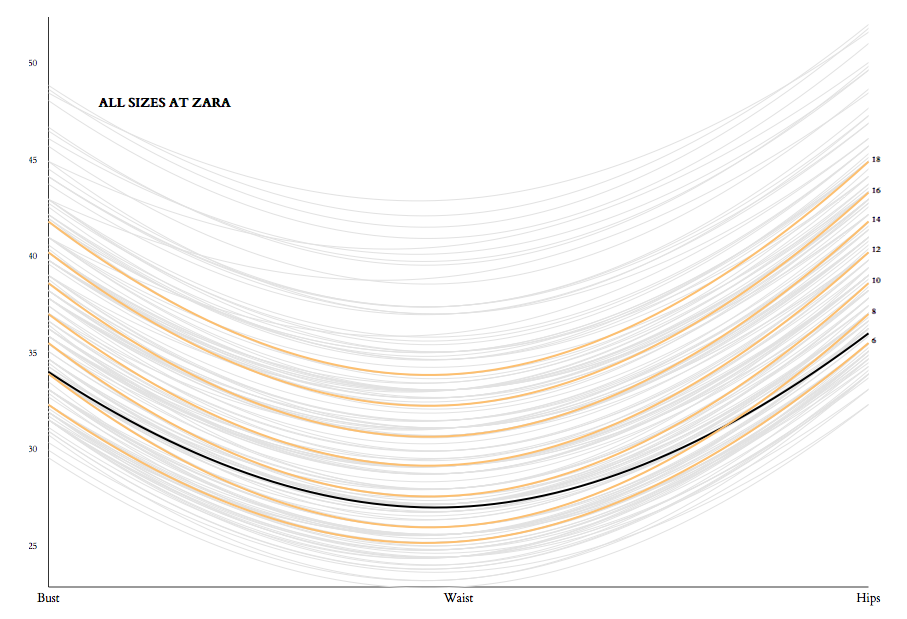The most familiar example of this principle at work is in the human face itself.
Both eyes and mouth are surrounded by extra bone and flesh. It is this thickening,
around the eyes and mouth, which gives them their character and helps to make
them such important parts of human physionomy.
human eye
A building also has its eyes and mouth: the windows and the doors. And
following the principle which we observe in nature, almost every
building has its windows and doors elaborated, made more special, by
just the kind of thickening we see in eyes and mouths.
bull's-eye
The fact that openings in naturally occurring membranes are invariably
thickened can be easily explained by considering how the lines of force
in the membrane must flow around the hole.
The increasing density of lines of force around the perimeter of the
hole requires that additional material be generated there to prevent tearing. (...) It
is important to recognize that this stiffening is not only supporting
the opening itself against collapse, but it is taking care of the stresses
in the membrane which would normally be distributed in that part of the
membrane which is removed.
More general examples of frames as thickened edges exist all over the world.
They include
the thickening of the mud around the windows of a mud hut,
the
use of stone edges to the opening in a brick wall because the stone is stronger,
the use of double studs around an opening in stud construction,
the extra stone
around the windows in a Gothic church,
the extra weaving round the hole in any
basket hut.
eyelet
(...) Do not consider door and window frames as separate rigid structures
which are inserted into holes in walls. Think of them instead as thickenings
of the very fabric of the wall itself, made to protect the wall against
the concentrations of stress which develop around openings."
Christopher Alexander, Sara Ishikawa & Murray Silverstein
A Pattern Language
1977


















